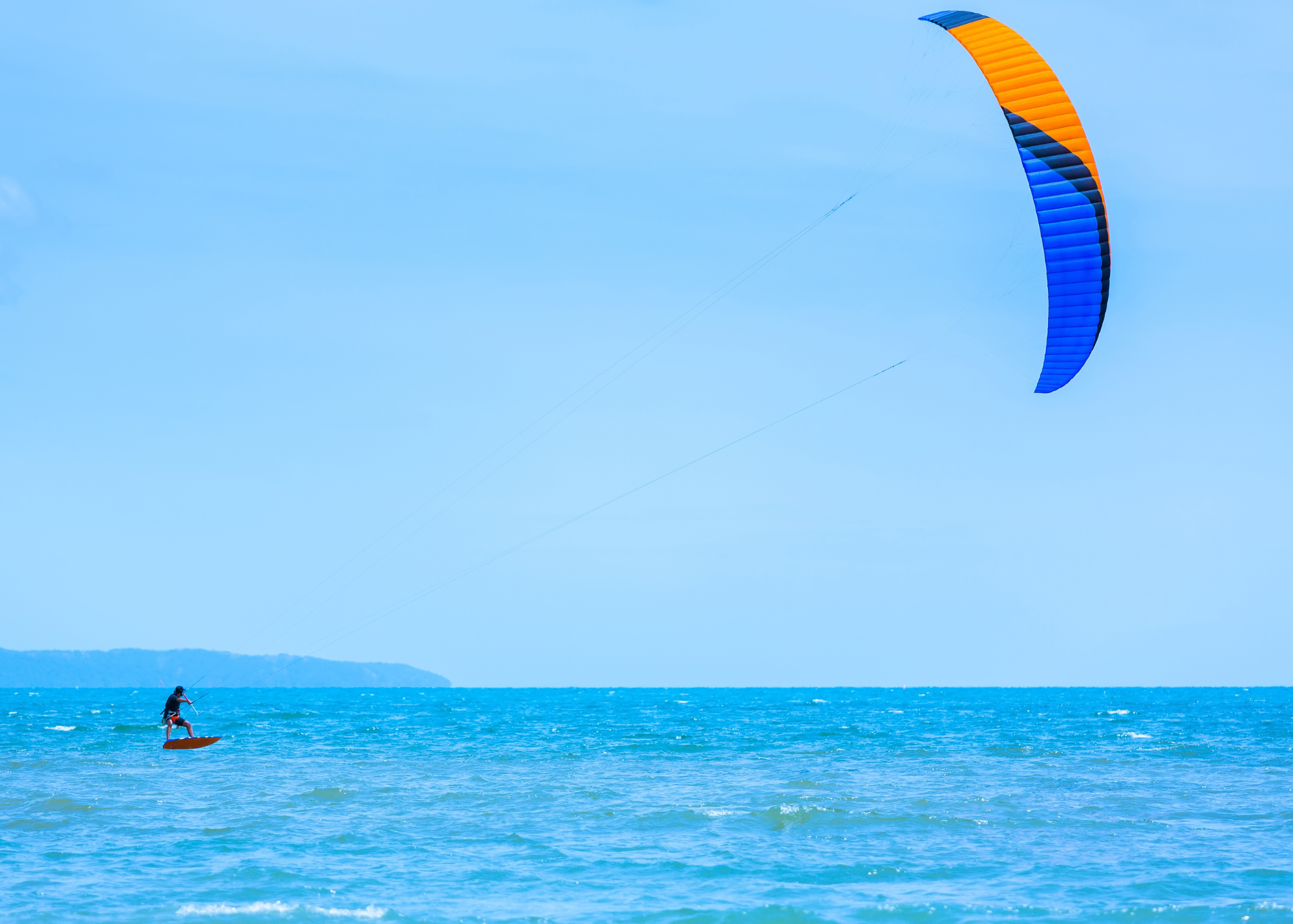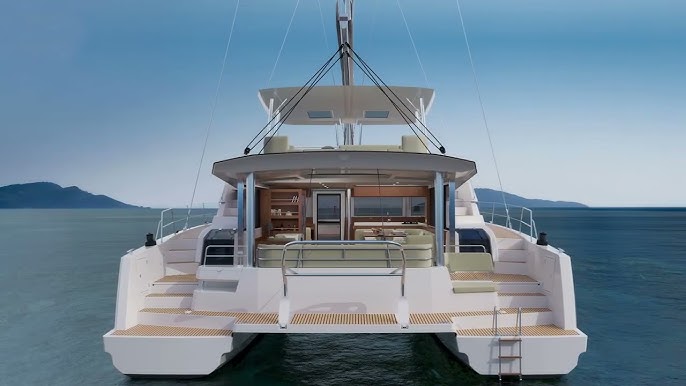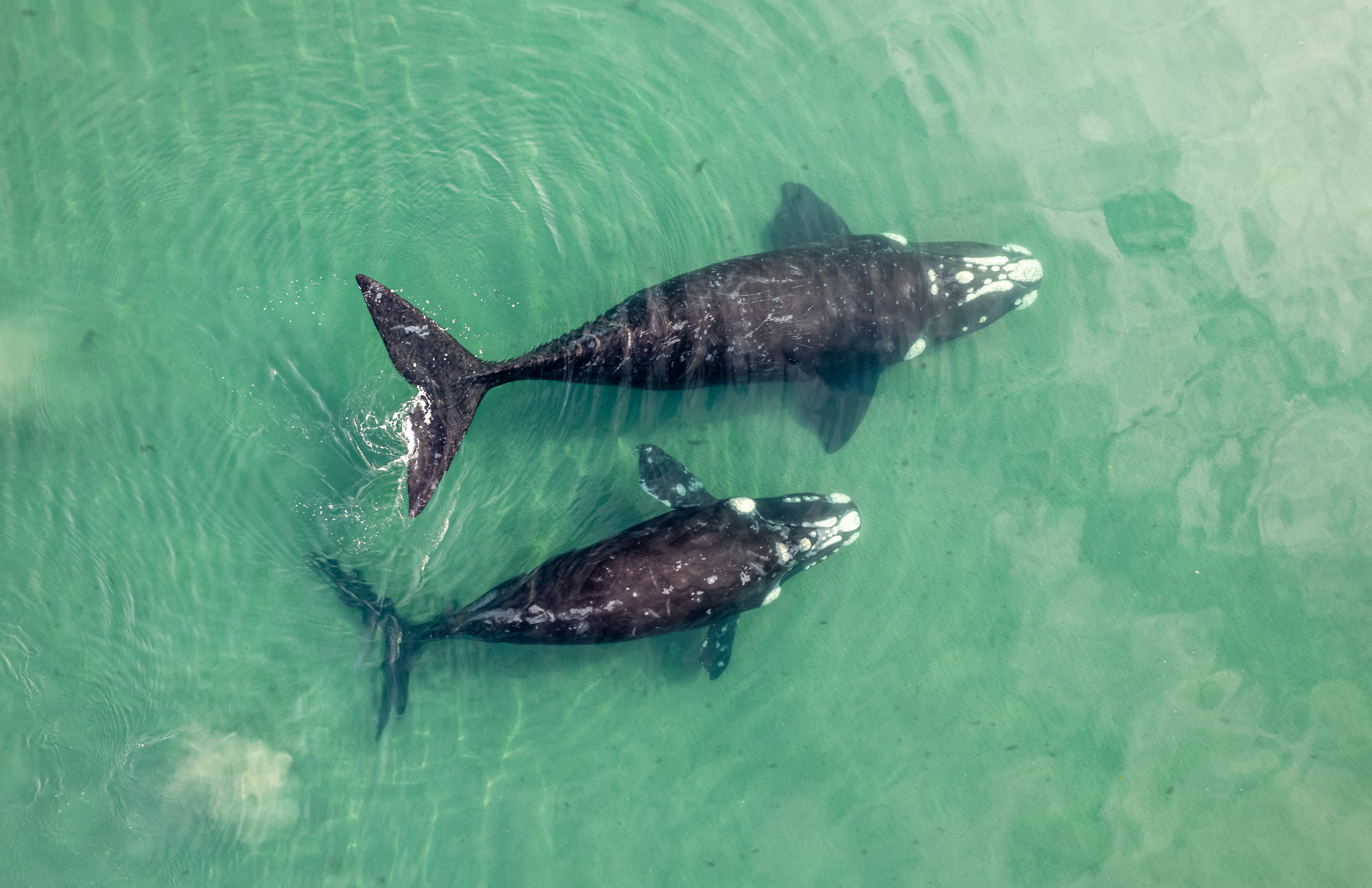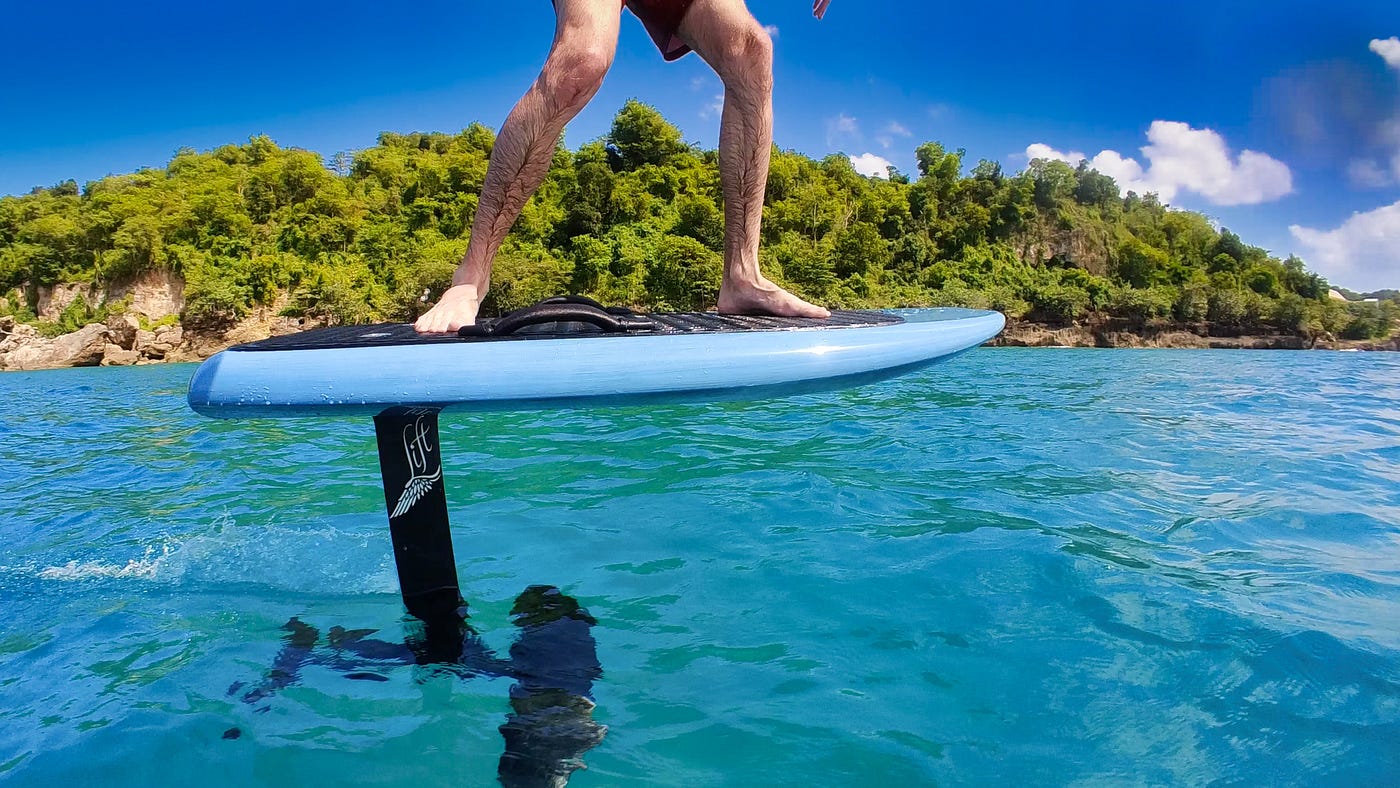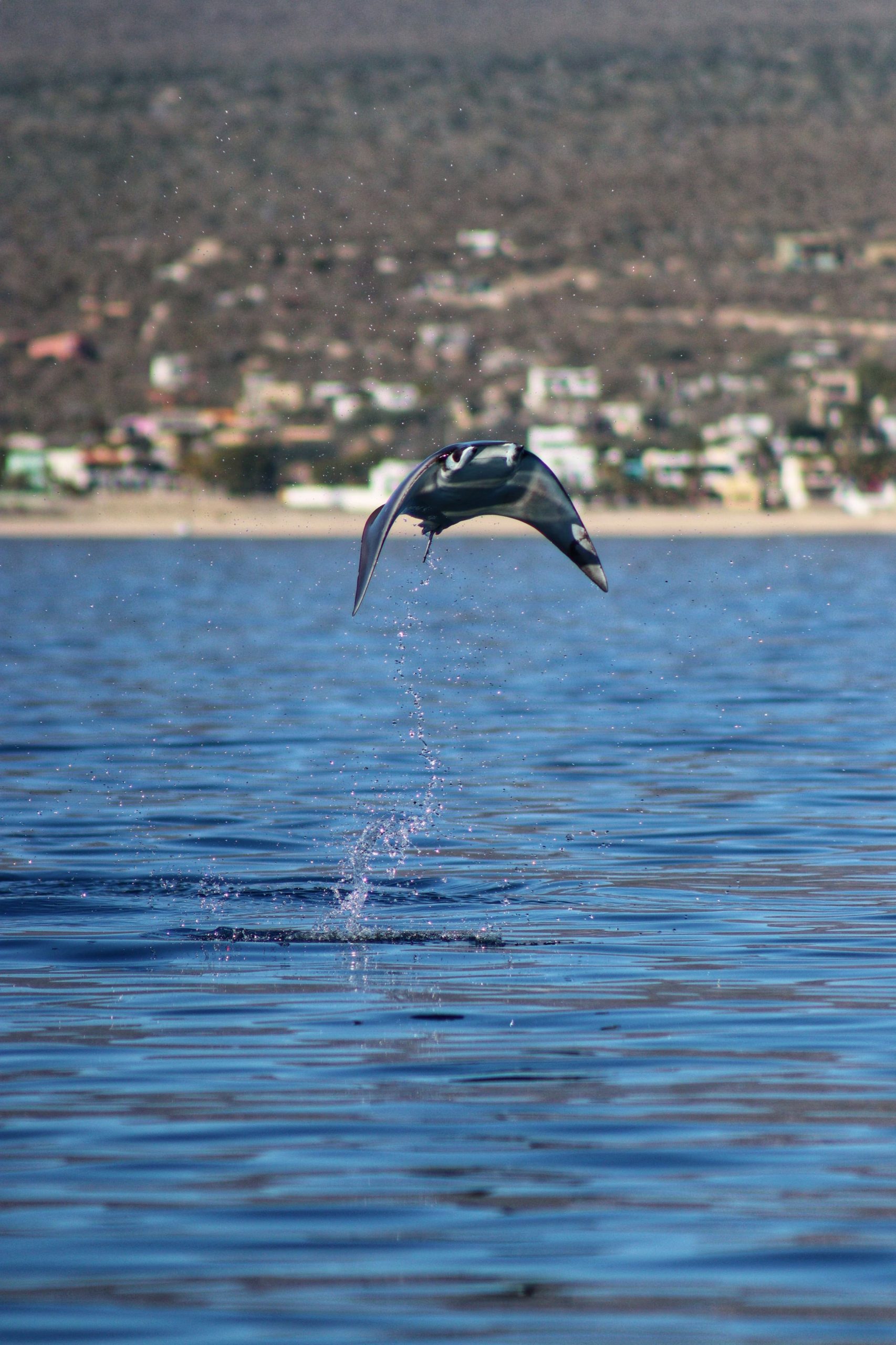If you’re searching for a city that blends urban energy with incredible windsport opportunities, Milwaukee, Wisconsin, should be on your radar. Nestled on the shores of Lake Michigan, Milwaukee offers a playground for kiteboarders, windsurfers, and wing foilers alike. From smooth thermal winds to thrilling storm fronts, there’s something for everyone. Here’s your guide to exploring the best windsports Milwaukee has to offer!
When to Hit the Water: Milwaukee’s Windsport Seasons
The windsport season in Milwaukee runs from April through October, with each season offering unique conditions.
Spring (April-May)
- Why Go: As the weather warms, spring delivers strong and steady winds, perfect for kiteboarding, windsurfing, and wing foiling.
- What to Expect: While the winds are reliable, the water is cold, so gear up with a thick wetsuit (4/3mm or 5/4mm) to stay comfortable.
- Best for: Advanced riders eager to take advantage of high winds.
Summer (June-August)
- Why Go: Summer is all about warmer water and consistent breezes, with occasional storm fronts bringing stronger wind conditions.
- What to Expect: Lighter winds during midsummer call for larger kites, sails, or wings, but the comfortable weather makes it an ideal time for beginners to learn.
- Best for: Beginners and casual riders looking to enjoy the warm conditions.
Fall (September-October)
- Why Go: Many consider fall the peak season for windsports in Milwaukee. With frequent thermal winds and storms, it’s a dream for riders who crave adrenaline.
- What to Expect: The cooler weather requires a wetsuit or drysuit, but the consistent winds make up for it. Plus, the vibrant fall scenery is a stunning backdrop.
- Best for: Enthusiasts looking for thrilling, consistent wind conditions.
Top Windsport Spots in Milwaukee
Milwaukee boasts a variety of great spots for kiteboarding, windsurfing, and wing foiling. Here are the must-visit locations:
- Bradford Beach
- Best For: Kiteboarding, wing foiling, and windsurfing in south/southeast winds.
- Why Go: This central location offers a sandy beach with a vibrant, active vibe. A favorite for both riders and beachgoers.
- Atwater Beach (Shorewood)
- Best For: Experienced windsurfers, kiteboarders, and wing foilers during northeast winds.
- Why Go: The waves and scenic shoreline make it a rewarding but challenging spot.
- Doctors Park
- Best For: Wing foiling and windsurfing with northeast winds.
- Why Go: A spacious launch area and strong winds make it a relaxing yet thrilling location for all wind sports.
- McKinley Marina
- Best For: Windsurfers looking for calm water in a controlled area.
- Why Go: The breakwaters provide smoother conditions, making it ideal for beginners or casual riders.
- South Shore Park
- Best For: Windsurfers and wing foilers.
- Why Go: A quieter alternative to Bradford Beach with consistent winds and great views of Milwaukee’s skyline.
Milwaukee vs. La Ventana: A Windsport Comparison
If you’ve explored windsports in Milwaukee and are curious about taking your passion to the next level, consider a trip to La Ventana, Baja California Sur, Mexico. Known as one of the world’s top destinations for wing foiling and kiteboarding, La Ventana offers warm waters, world-class winds, and a laid-back atmosphere.
Check out this detailed guide on Wing Foiling Adventures in La Ventana to learn why so many riders flock to this windsport paradise each year.
Why Milwaukee is a Windsport Paradise
Milwaukee offers something special for every type of wind enthusiast. Whether you’re kiteboarding, windsurfing, or wing foiling, Lake Michigan provides a vast playground with breathtaking views of the city skyline. The strong thermal winds, diverse beaches, and vibrant local community make it a top-tier destination.
Plus, when you’re not on the water, Milwaukee’s breweries, restaurants, and cultural attractions ensure there’s plenty to enjoy. So, whether you’re a seasoned pro or just starting your windsport journey, pack your gear, keep an eye on the forecast, and make Milwaukee your next destination.
Share Your Stories and Connect
Have you tried windsports in Milwaukee or traveled to another epic destination like La Ventana? We’d love to hear from you! Share your favorite spots and experiences with us on our Instagram Profile. Who knows, your story might inspire the next great adventure!
For more windsport tips, travel ideas, and inspiration, visit VentanaTravel.com.


